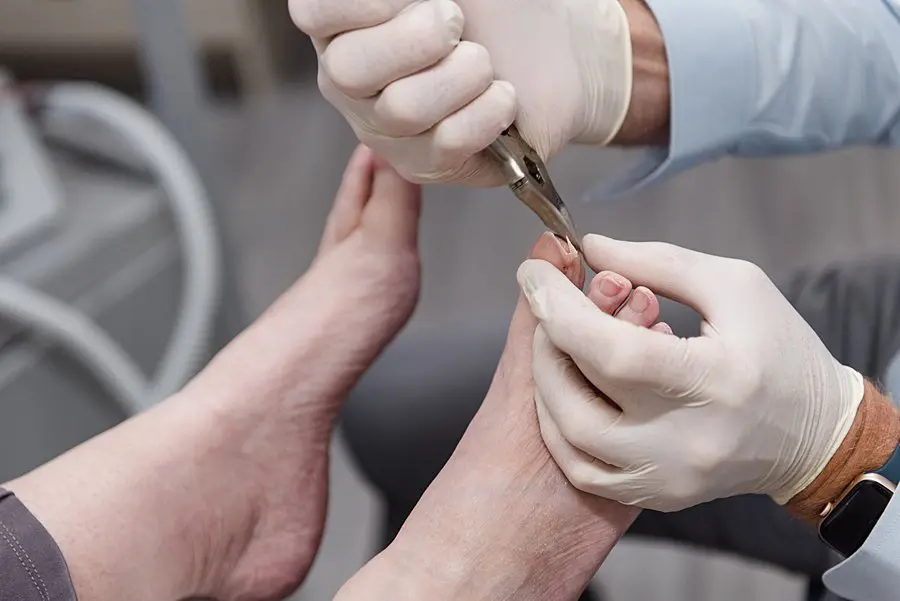Chilblains
Causes

Symptoms
Treatment
Many chilblains can be treated at home. The most important thing to do is keep the body, especially the extremities nice and warm; in addition to this you can also:
- Use heat gels such as Deep Heat or Vicks Vapour Rub to increase the circulation around your chilblains
- Avoid scratching as this can lead to damage of the fragile skin which can then become a port for infection
- If a break in the skin does occur make sure it is cleansed with an antiseptic such as Betadine and covered with a band aid to protect the area and reduce the risk of infection
If you are unsure about how to manage your chilblains, notice that the tissue becomes infected or limits your ability to dance please consult your podiatrist so that they can help make a specific treatment plan for you
Always Consult A Trained Professional
The information in this resource is general in nature and is only intended to provide a summary of the subject matter covered. It is not a substitute for medical advice and you should always consult a trained professional practising in the area of medicine in relation to any injury or condition. You use or rely on information in this resource at your own risk and no party involved in the production of this resource accepts any responsibility for the information contained within it or your use of that information.
